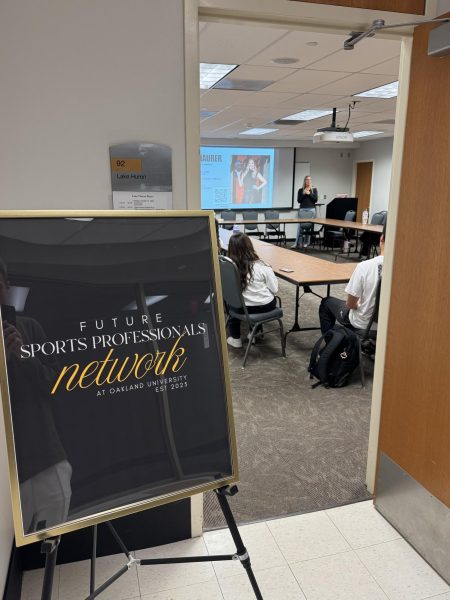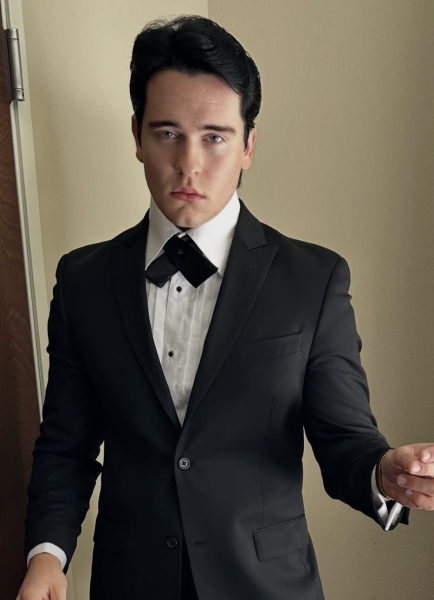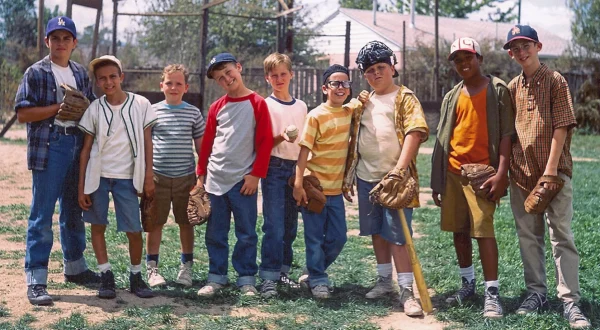Netflix’s ‘Ratched’ is worth a rewatch
Nurse Ratchet (Sarah Paulson — left) and Nurse Dolly (Alice Englert) take instruction at Lucia State Hospital. Rachet’s character is based off of the book and movie, “One Flew Over the Cuckoo’s Nest” with a nod to “American Horror Story.”
Netflix’s thrillers expanded this September with season one of “Ratched,” similar to “American Horror Story” (AHS) with a surreal but less supernatural storyline. Ryan Murphy, creator of AHS, combined Ken Kesey’s mid-century novel “One Flew Over the Cuckoo’s Nest” — which was turned into a movie in 1975, starring Jack Nicholson — with spooky staple actress, Sarah Paulson.
“Ratched” attempts to unravel the origin story of Nurse Mildred Ratched, a cozening “angel of mercy,” while staying true to the canon of the novel, movie and AHS.
“[Nurse Ratched’s] painted smile twists, stretches to an open snarl, and she blows up bigger and bigger, big as a tractor, so big I can smell the machinery inside the way you smell a motor pulling too big a load,” Chief Bromden said in Kesey’s “One Flew Over the Cuckoo’s Nest.”
But before “One Flew Over the Cuckoo’s Nest,” Ratched had a dynamic beginning. She shares a horrific childhood with her self-proclaimed brother, and their connection obligates her to protect him, despite his budding psychopathic behavior. She becomes obsessed with finding her brother, leading her to weasel herself into a position at “Lucia State Hospital,” a psychiatric ward with an equally gray past.
Paulson may have fallen into this role so seamlessly because it closely resembles “AHS: Asylum.” Whether a scene offers a major turning point or mild foreshadowing, she gives off an eerie yet empowered tone.
For instance, Ratched crinkles open her sack lunch and notices her peach is missing. Her superior, Head Nurse Bucket, smugly bites into the peach. This appears to be a translucent scene, but it’s actually a shot at mirroring Paulson’s good-hearted character in AHS: Asylum, Lana Winters, with a casual metaphor.
Winters is an LGBTQIA+ character who’s in love with a woman but downplays her relationship to avoid discrimination. On the other hand, Ratched is also an LGBTQIA+ character but she avoids discrimination by bottling her true feelings. When Ratched’s superior bites into the peach, a feminine metaphor, this is a reflection of society diminishing her sexuality.
“I might be that kind of person — the kind of woman — who enjoys the company of other women,” Ratched said.
The entire series is riddled with seemingly simple scenes that actually bridge connections with the inspirations of “Ratched.”
With those layers in mind, “Ratched” would definitely be more fulfilling to watch after its predecessors — “AHS: Asylum” and “One Flew Over the Cuckoo’s Nest.” This movie and series adds depth to “Ratched” in moments that would seem static otherwise.
“Ratched” successfully tied in Nurse Ratched’s history, but the finale dropped the ball. These layered stories draw the audience in through all eight episodes, yet in the last moment, the suspense faded.
Season two was presented on a silver platter in the finale, which cheapened the attention to detail that was present in every other moment. Thriller audiences simply don’t want an obvious next storyline — instead, they want to feel as if they’re cleverly unpacking the plot. This is suspense, a thriller essential.
Even with a disappointingly obvious lead into season two, the next season will be worth adding to a playlist. “Ratched” is a must-see for any fan of “AHS” or “One Flew Over the Cuckoo’s Nest” to complete the thriller collection. “Ratched” is a classic double-take thriller — the story carefully reflects an initial “angel of mercy” with the eventual “angel of death.”
“All I was guilty of, was showing these men mercy when no one else would,” Ratched said.
Rating: 4/5 stars









